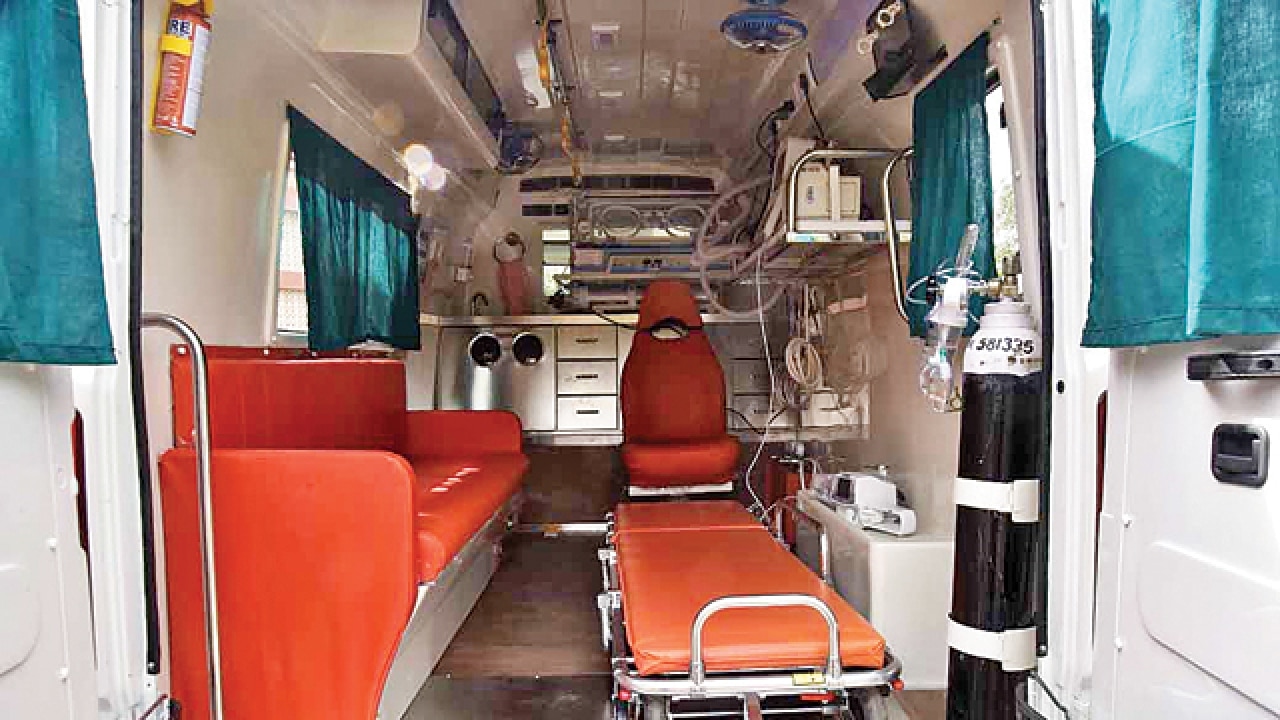
Post liberalisation, the concept of privatisation gained ground. Technological advances, effective demand and low priority to health in resource allocation resulted in the aggressive growth of the private sector as a provider of choice for many services, particularly those related to the heart, cancers and other super specialities. However, being unregulated, such a development has given rise to a trail of woes against the private sector such as, for example, resorting to unethical practices, uneven quality, exploitative behaviour, price gouging, and crass profiteering over sickness and so on.
Government response
The government response to the growing crisis in the health sector has been tepid and uncoordinated. At the turn of the century, the decision to expand access to tertiary care led to the establishment of six AIIMS-like institutions in under-served areas. A decade later, most are functioning sub-optimally. In 2010, the government enacted the Clinical Establishment Act to regulate the private sector. Its implementation is tardy. The proposal to strengthen primary screening and treatment of non-communicable diseases at block-level facilities in 100 districts was subsumed into the National Health Mission (NHM) where it got lost sight of with an allocation of a mere 3 per cent of the NHM’s Rs 20,000 crore. States also innovated health insurance programmes under which the government paid the premium for the poor. Removal of the financial barrier did enable a large number to avail the high-end and hitherto unaffordable treatment from private hospitals, but not without costs. While prices and premiums have increased, the impact on reducing catastrophic expenditures has been negligible.
The latest initiative
The elites and the political class directly or indirectly own and run hospitals and medical colleges. Alongside this, states’ reluctance to empower regulatory capacities as well as strengthen the public provisioning of services so as to provide government authorities with the countervailing power to handle market failures has compounded the problem. Hence, the private sector is rapidly gaining a strong grip of health markets. While so, the NITI Aayog has recently come up with a proposal to partially privatise well-functioning district hospitals having 1,000 out-patients per day in tier 2 and 3 cities. The proposal seeks to hive off half the hospital — infrastructure and budget — to private players on 30 years leases for providing treatment for cardiac, oncological and respiratory diseases. User fees and revenue-earning centres like pharmacies and diagnostics will be with the private sector, while cost-bearing ones like back-end office processes will be government responsibility. Alongside recruiting patients, the government will also provide viability-gap funding for capital expenditures and reimburse treatment costs of the poor.
It is not rocket science to see the one-sidedness of this deal — profits to the private sector, losses and risk to the government. Besides, hospitals are living organic institutions that develop a culture of their own over the years.
They cannot be cut up and dismembered without adversely affecting their sustainability. Privatising district hospitals can imply denial of care to the poor — more so when health budgets are stagnant. Sharp criticism forced the Secretary of the Ministry of Health to clarify that it was only a proposal.
What next?
The common man in India has a slender cover of social security — a few pension schemes and some insurance programmes that partially cover costs. In such a scenario, it is the public hospitals and not the markets that have provided relief to the people. What else explains the doubling of out-patients in AIIMS Delhi, up from 10,000 per day in 2010? Clearly, the solution to the health crisis is not further privatisation but increasing public spending from the measly 1 per cent of GDP and enforcing better governance and incentive structures to make the public and private sectors achieve welfare goals. With no option to Public Private Partnerships in health, the challenge lies in ensuring that the risk is equally spread and both are held accountable for outcomes. This then needs in-depth understanding of the institutional context and field realities as prevailing in India, along with widespread negotiations with the stakeholders who stand affected by the decisions taken. Think tanks, the World Bank, donors and corporate hospitals, no matter how well meaning, can but have limited value. While NITI Aayog needs to be complimented for prioritising health in its development agenda, it is more important for it to take a step back, conduct evaluations of existing PPPs, gather evidence and provide options spelling out the benefits and risks and thereby help the Ministry of Health to frame policies that are implementable. Not ideology but welfare of the poor must be the focus.
The author is a former Union secretary of the Ministry of Health and Family Welfare, Government of India. Her book, Do we care? India’s health system, was released in January this year.